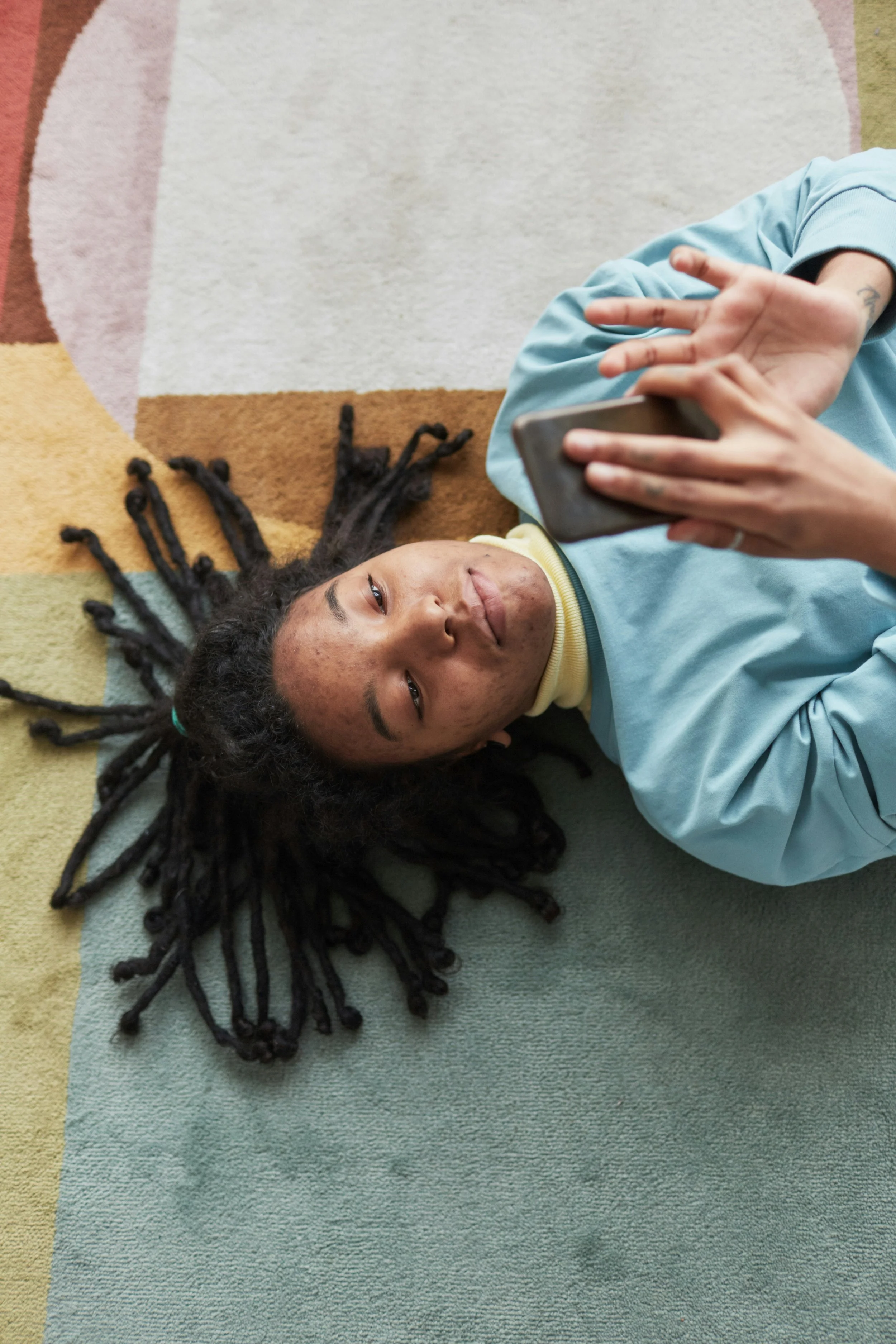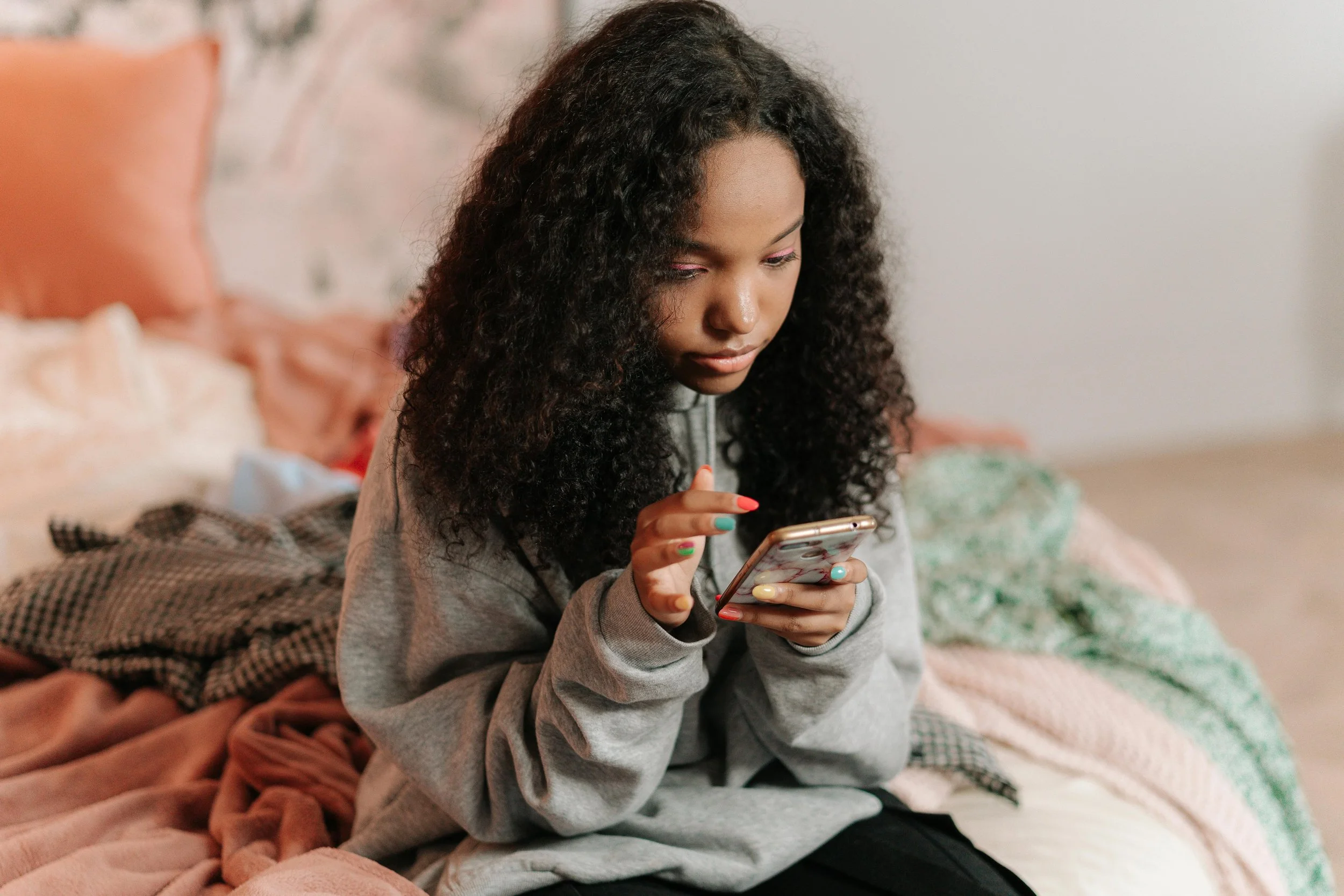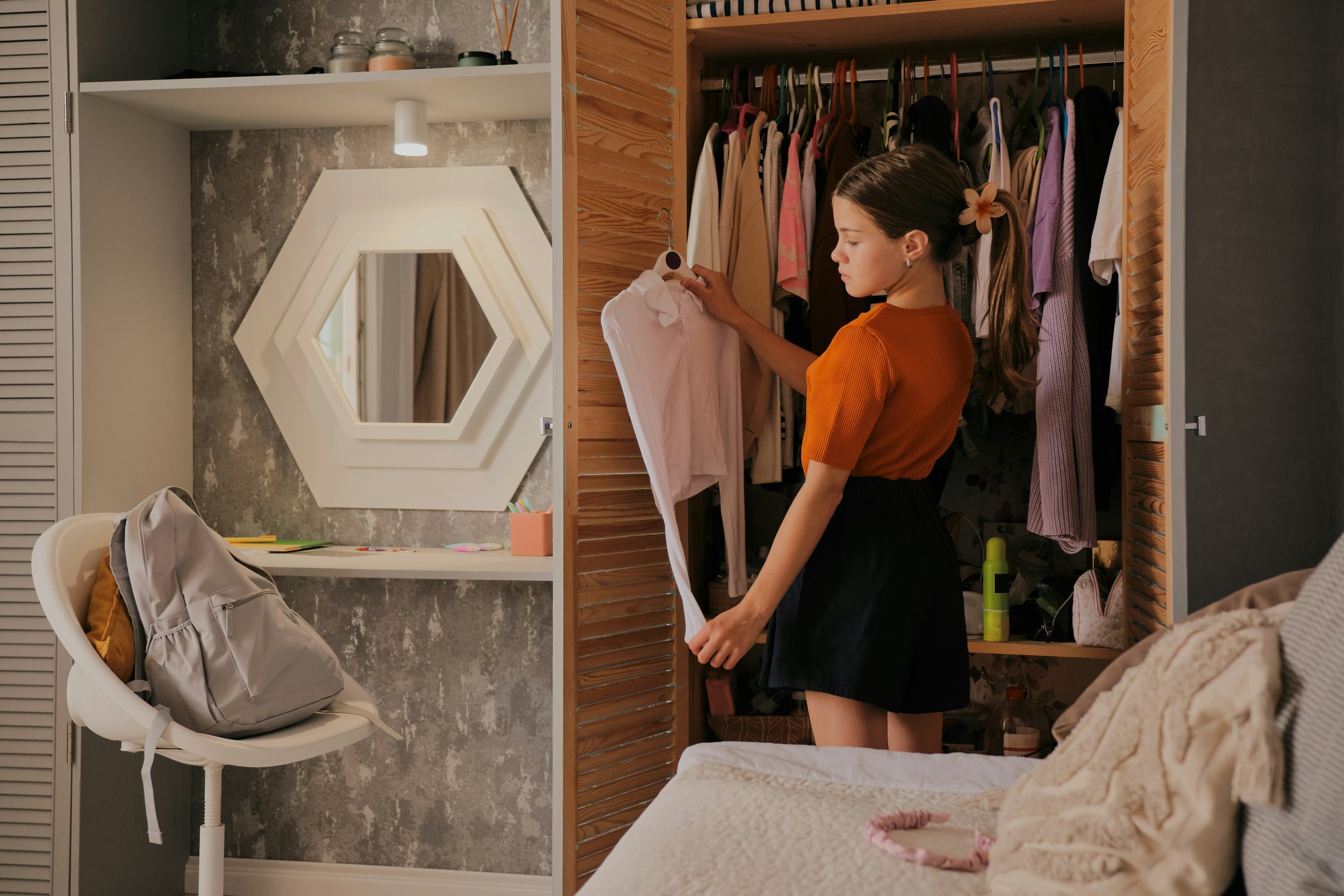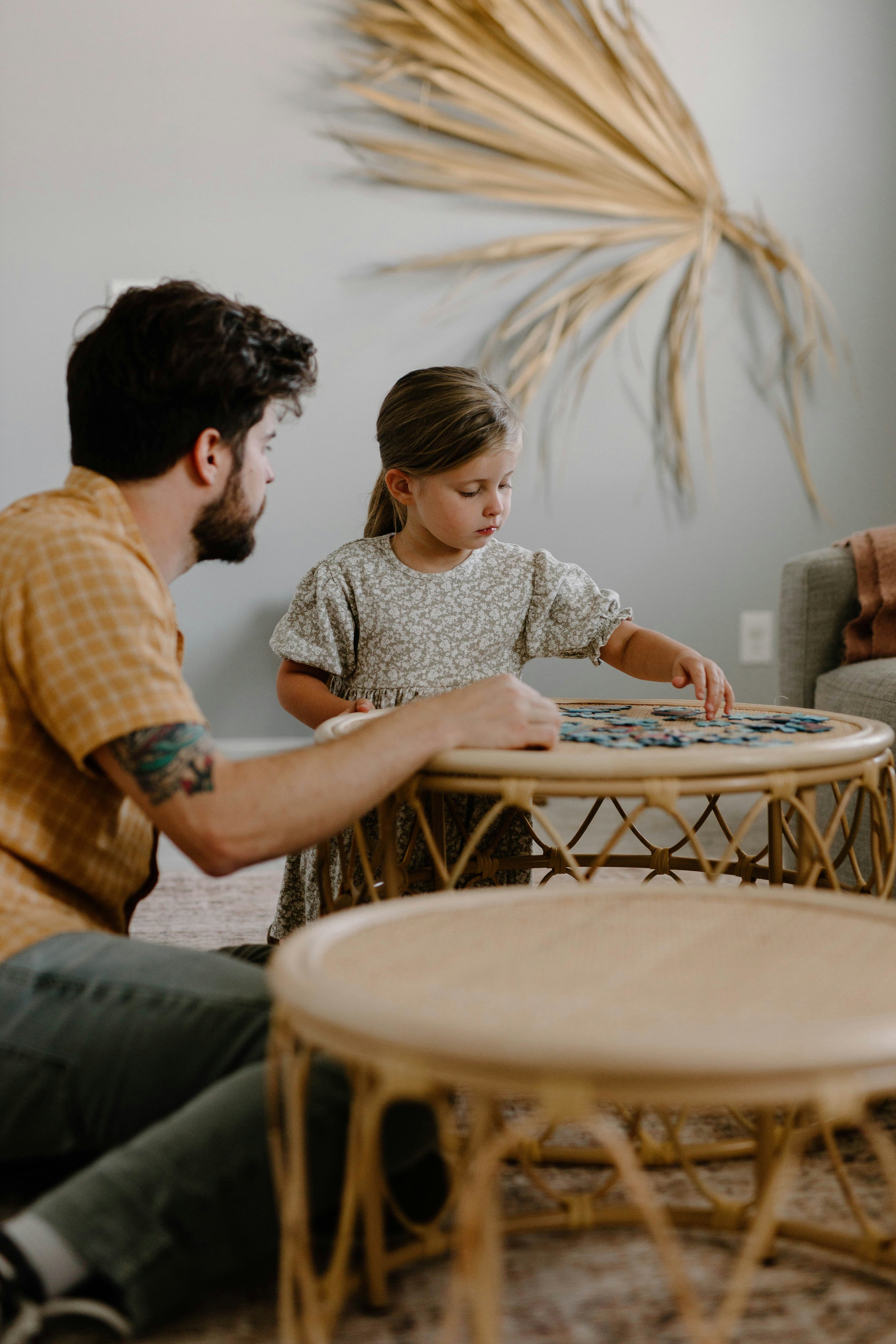Teens and Technology
Technology is everywhere, and for most teenagers, it's practically stitched into the fabric of daily life. From smartphones and social media to online gaming and YouTube deep dives, today's teens are more connected than ever. But as a psychologist and a parent, I often find myself asking: how connected is too connected? And what is all this screen time doing to their minds, their moods, and their relationships?
This article isn’t about demonising technology. It’s about understanding it, equipping ourselves with insight, and supporting our teens to create healthy rhythms in a digital age.
The Stats That Make Us Stop
95% of teens have access to a smartphone, and 46% say they are online “almost constantly” (Pew Research Center, 2022).
Australian teens spend an average of 7–9 hours per day on screens, not including time spent on schoolwork (eSafety Commissioner, 2023).
1 in 3 young people report that social media negatively impacts their sleep, concentration, and mood (Mission Australia Youth Survey, 2022).
There has been a 37% increase in anxiety and depression symptoms in adolescents since the rise of smartphone use in the last decade (Twenge et al., 2019).
Real Talk: What Teens Are Saying
Let me share a few a common stories.
Ella, 15, tells me she feels “weirdly empty” after scrolling TikTok for hours. “It’s not even fun anymore,” she said. “But I don’t know how to stop.” When we explored it further, Ella realised she was using her phone to avoid feeling lonely or anxious.
Jai, 13, became withdrawn during school and irritable at home. When we traced the shift, it coincided with late-night gaming marathons. His sleep was suffering, his focus was off, and his self-worth started to ride the highs and lows of online wins and losses.
Zara, 17, uses Instagram to connect with friends, but she admitted it often leaves her feeling “not good enough.” Seeing others' “perfect lives” made her question her own.
So, what’s Going On in Their Brains?
Teen brains are wired for connection and sensitive to reward. Social media offers constant stimulation, likes, notifications, and scrolling, all of which light up the brain's reward system like a pinball machine.
But overstimulation comes with a cost:
Reduced attention span
Disrupted sleep cycles
Decreased real-life social skills
Heightened social comparison and anxiety
Five Guiding Principles for Healthier Tech Habits
As adults, parents, carers, and clinicians, we don’t need to shame teens or fear technology. We just need to guide them in using it wisely.
Here’s what I recommend:
1. Start With Relationship, Not Rules
Tech conversations go best when grounded in trust. Instead of jumping to restrictions, start with curiosity. “What’s your favourite thing to do online?” or “How does that app make you feel?” opens dialogue.
2. Model the Behaviour You Want to See
Teens notice our habits. If we’re glued to our screens, we’re teaching them that this is normal. Try implementing device-free dinners or wind-down hours at night—together.
3. Create “Tech-Free Zones”
Designate parts of the day (e.g., meals, bedtime) or parts of the house (e.g., bedrooms) as screen-free. This fosters presence and better rest.
4. Help Them Curate, Not Just Consume
Empower teens to unfollow accounts that leave them feeling inadequate, and to follow creators that inspire, educate, or uplift them. It’s not just about less time; it’s about better content.
5. Make Space for the Real World
Encourage hobbies that don’t involve screens—sport, music, art, baking, volunteering. Help them discover joy in offline moments and connection in face-to-face interactions.
Warning Signs to Watch For
Some signs a teen might be struggling with tech overuse include:
Withdrawal from friends or activities
Irritability when asked to log off
Declining grades or sleep
Increased anxiety or depressive symptoms
If these appear, it’s time to gently intervene, and possibly seek professional support.
Technology isn’t going anywhere. And for teens, it’s not just entertainment—it’s identity, connection, expression. Our job isn’t to shut it down, but to lead them through it.
When we lead with empathy and structure, we can help our teens reclaim balance. We remind them that they’re more than their screens, more than their likes, more than their followers.
Let’s raise a generation that doesn’t just consume technology, but chooses how to use it, with intention, integrity, and emotional health.





















